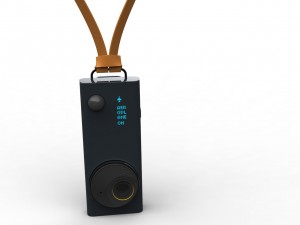Although Microsoft has a reputation for building suboptimal user interfaces, its research department actually has several world-class interaction design researchers (like Buxton, Hinckley, Wilson, Benko). There is no big human-computer interaction conference, be it CHI, SIGGRAPH, UIST or ITS, without several papers and keynote speakers from Microsoft Research. Recently, Microsoft has released several videos about the future in human-computer interaction, and these video actually assemble many quite recent research findings which are adopted almost one-to-one.
Here’s another one:
Some of the research concepts you see in the videos are:
- Proxemic interaction (cf. Saul Greenberg, Till Ballendat et al.)
- See-through displays
- Multitouch and animation (cf. Takeo Igarashi)
- Telepresence
- Back-of-the-device interaction (e.g. Baudisch)
- In-air gesture control
- Interaction with and between multiple devices
- Tangible Interaction (cf. Hiroshi Ishii et al.)
